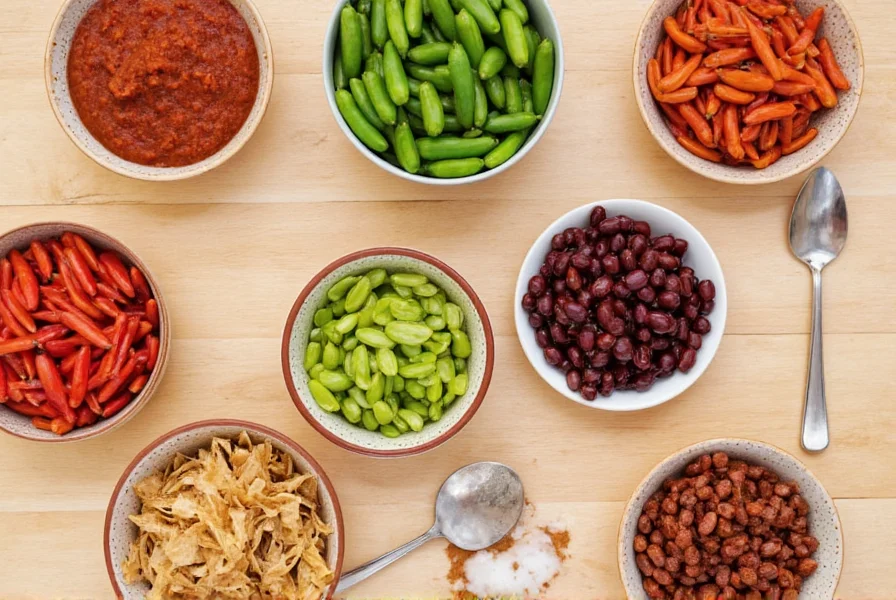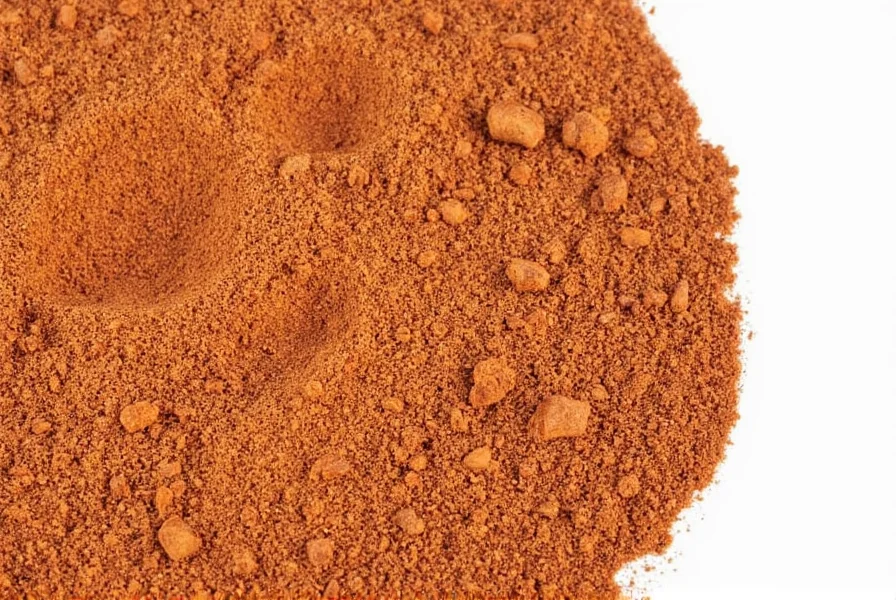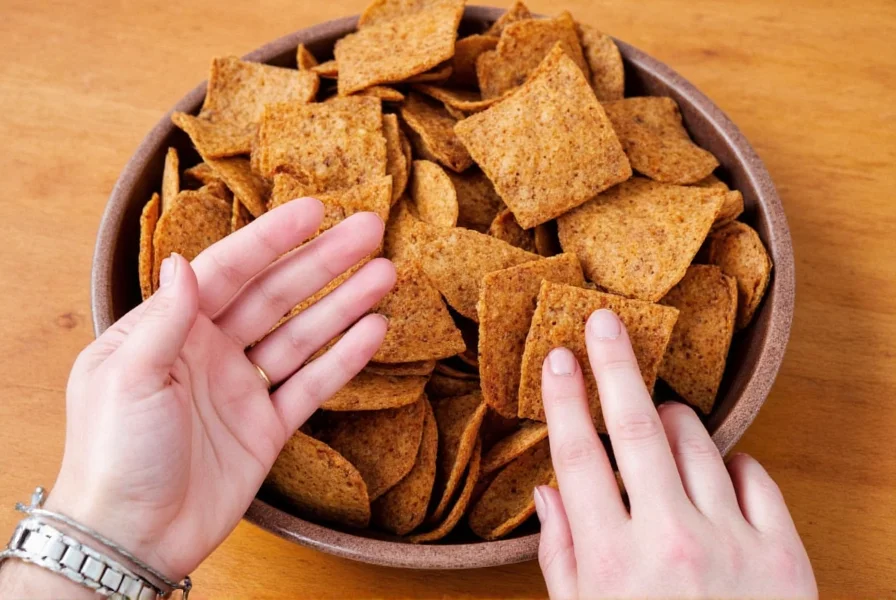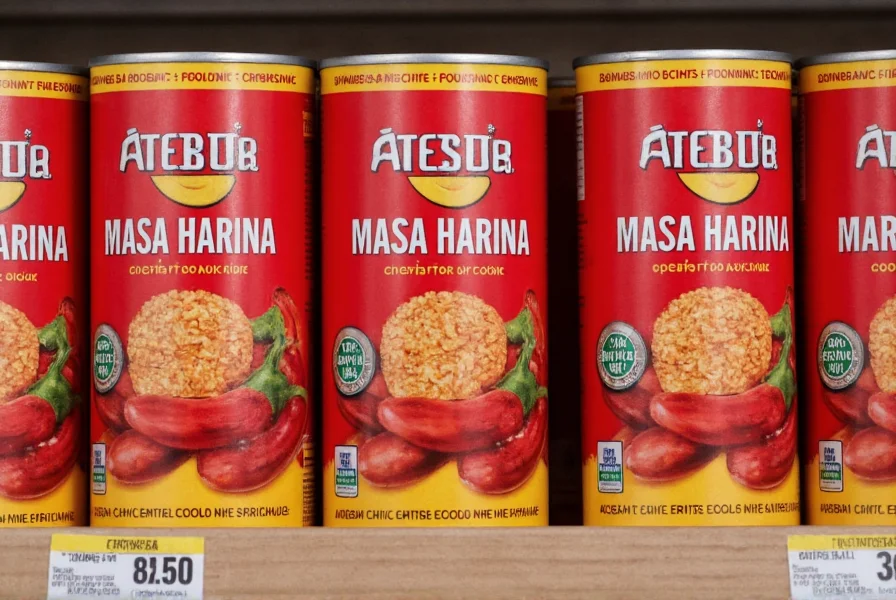Table of Contents
Masa harina is a traditional corn flour used in Latin American cuisine that significantly enhances the flavor and texture of chili when used correctly. This article provides actionable guidance on how to properly store, use, and select masa harina for optimal chili results, directly addressing common search queries about masa harina storage and usage in chili recipes.

The Ultimate Guide to Storing Masa Harina for Chili
Proper storage of masa harina is critical for maintaining its quality in chili recipes. Here are evidence-based storage techniques:
- Keep it cool and dry: Store masa harina in an airtight container in a cool, dark place like a pantry or cupboard. Avoid areas with high humidity or direct sunlight to prevent moisture absorption and rancidity.
- Freeze for long-term storage: If you don't plan to use it within 3-4 months, freeze the masa harina in a sealed bag. This preserves its flavor and texture for up to 12 months.
- Check for freshness: Before using, give it a quick sniff. If it smells stale, musty, or off, discard it immediately as this indicates rancidity that will negatively impact your chili's flavor.
- Prevent cross-contamination: Always use clean, dry utensils when scooping masa harina to avoid introducing moisture or contaminants that could cause spoilage.
According to food science experts, improperly stored masa harina can develop rancidity within 2-3 months at room temperature, significantly affecting the taste and texture of chili recipes.

How to Use Masa Harina in Chili for Optimal Results
Masa harina isn't just for tamales - it's a game-changer for chili when used correctly. Here's how to incorporate it effectively:
- Thicken your chili: Mix 1-2 tablespoons of masa harina with equal parts cold water or broth to create a slurry. Gradually add to simmering chili while stirring constantly. Allow 5-10 minutes for thickening before adding more. Most chili recipes require 2-4 tablespoons total for proper consistency without becoming too dense.
- Add depth of flavor: Masa harina provides a distinctive corn flavor that complements traditional chili spices better than flour. It creates a richer, more complex flavor profile that enhances the overall taste experience.
- Improve texture: Unlike cornstarch or flour, masa harina creates a silkier texture that helps ingredients bind together better while maintaining a smooth consistency.
- Traditional preparation: For authentic chili recipes, add masa harina during the final 15-20 minutes of cooking to preserve its flavor characteristics.
Food experts consistently recommend masa harina over flour for chili thickening due to its superior flavor profile and texture benefits.

| Product Name | Features | Best For | Use Cases | Target Audience | Suitable Occasions |
|---|---|---|---|---|---|
| Bob's Red Mill Masa Harina | Organic, stone-ground, no additives | Traditionalists and health-conscious cooks | Homemade tamales, thickening chili, making tortillas | Cooking enthusiasts and families | Weekend cooking, family dinners, holiday meals |
| La Morena Masa Harina | Classic Mexican brand, great for authenticity | Those who love authentic flavors | Making tamales, enchiladas, and chili | Latin food lovers and chefs | Festivals, cultural events, casual gatherings |
| Flour Shoppe Masa Harina | Non-GMO, gluten-free option | People with dietary restrictions | Gluten-free chili, tortillas, and sauces | Health-focused individuals and special diets | Special occasions, dinner parties, personal meals |

Frequently Asked Questions About Masa Harina in Chili
How does proper masa harina storage affect chili flavor and texture?
Properly stored masa harina maintains its fresh corn flavor and optimal texture. When stored correctly in a cool, dry place or frozen for long-term use, it prevents rancidity and moisture absorption that can lead to off-flavors in your chili. Fresh masa harina creates a smoother, more authentic texture in chili without any stale or musty notes.
Can I use expired masa harina in my chili?
While masa harina doesn't technically expire, it does lose quality over time. If it's only slightly past its best-by date and passes the freshness test (no off smells, normal color), it's generally safe to use but may not provide optimal flavor. However, if it smells rancid, sour, or shows signs of mold, it should be discarded as it could ruin your chili's flavor and potentially cause food safety issues.
How much masa harina should I add to thicken chili?
Start with 1-2 tablespoons of masa harina mixed with an equal amount of cold water or broth to create a slurry. Gradually add this to your simmering chili, stirring constantly. Allow 5-10 minutes for the thickening effect to take place before adding more. Most chilis require between 2-4 tablespoons total for proper thickening without making the texture too dense or corn-flavored.
What's the difference between using masa harina and flour in chili?
Masa harina provides a richer, more complex flavor profile with its distinctive corn notes, while flour creates a more neutral thickening effect. Masa harina also gives chili a silkier texture and helps ingredients bind together better. Unlike flour, masa harina doesn't need to be cooked separately as a roux—it can be added directly as a slurry. The corn flavor of masa harina complements traditional chili spices better than plain flour.
Does masa harina change the flavor of chili significantly?
Yes, masa harina adds a subtle but distinctive earthy, slightly sweet corn flavor that enhances traditional chili spices. It doesn't overpower the dish but creates a more rounded, complex flavor profile. Many chili enthusiasts find that masa harina provides that "something extra" that makes their chili taste more authentic and satisfying compared to using flour or cornstarch for thickening.
Can I freeze chili that contains masa harina?
Absolutely. Chili thickened with masa harina freezes very well. The masa actually helps maintain texture during freezing and thawing. When reheating frozen masa-thickened chili, you may need to add a small amount of liquid as it can thicken further when frozen. Simply thaw in the refrigerator overnight and reheat gently on the stove, stirring occasionally.
How can I tell if my stored masa harina has gone bad?
Check for these signs: a rancid or sour smell (fresh masa harina should have a pleasant corn aroma), visible mold, clumping that doesn't break apart easily, or an off-color (it should be a consistent pale yellow or white depending on the corn variety). If in doubt, do a small taste test—bad masa harina will taste stale, bitter, or sour rather than sweet and corn-like.
Conclusion
Masa harina is a versatile ingredient that significantly enhances chili when used and stored correctly. Proper storage prevents rancidity and maintains flavor integrity, while proper usage techniques ensure optimal texture and taste. By following these evidence-based guidelines, you'll consistently create chili with richer flavor, better texture, and authentic character.
Remember: The key to great chili isn't just heat, but balanced flavor. Masa harina provides that essential corn-based depth that sets professional-quality chili apart. Whether you're a beginner or experienced cook, mastering masa harina storage and usage will elevate your chili game.











 浙公网安备
33010002000092号
浙公网安备
33010002000092号 浙B2-20120091-4
浙B2-20120091-4